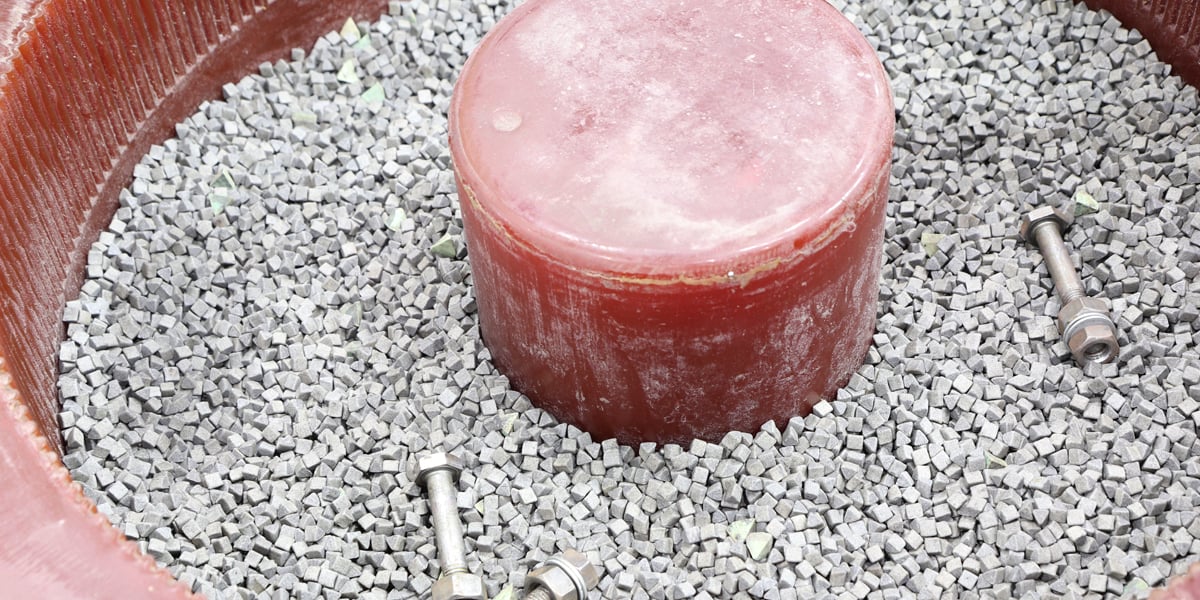What is Isotropic Superfinishing?
There are many types of grinding and finishing process in metalworking. One of these processes is known as superfinishing. Unsurprisingly, there are more than a few types of superfinishing, which is why today, we want to talk about just one of these processes known as isotropic superfinishing. What is this process and how does it work? Let's investigate.
Click Here for our Ten Facts About Centerless Grinding Infographic
When manufacturing a component through honing, grinding, or some other process, there are tiny imperfections left behind that can affect how parts wear down over time. Now, that may not seem like too big an issue, you can just lubricate the parts, right? Well, lubrication can only do so much: the parts will still generate friction and heat, therefore causing micro-pitting and, eventually, failure.
The military and motorsport industries developed isotropic superfinishing in the 1990s specifically to resolve these problems. The isotropic superfinishing process refines carbon steel, stainless steel, titanium, and other alloy surfaces with non-hazardous, environmentally friendly chemicals. The isotropic finishing process reduces friction and wear on the surface while increasing durability and improving corrosion resistance.
The word "isotropy" is derived from the Greek words isos (meaning "equal") and tropos (translating to "way"). Put them together and the result is uniformity in all orientations. The isotropic superfinishing process creates a uniform, non-directional finish on the metal surface.

Metal pieces being finished by being vibrated in a bowl with bits of ceramic and a chemical additive.
How does it work? Isotropic superfinishing--sometimes called Chemically Accelerated Surface Finishing (CASF)--is done by placing the metal parts in a vibratory bowl along with pieces of ceramic and a chemical additive. What follows is a two-step process. First is refinement: the vibratory bowl kicks into action and causes a chemical interaction between the surface and the ceramic. The chemical reaction creates what is called a "conversion coating," a mechanically soft compound that is easily removed through the rubbing action of a non-abrasive finishing media: in other words, step two. That second step, burnishing, is the process of polishing the metal to give it that mirrorlike finish.
But other than looking nice, what are the utilitarian benefits of isotropic finishing? The process reduces surface stress, friction, and break-in time all while improving efficiency, performance, and durability resulting in an extended lifespan for the component.

Parts are polished to a mirrorlike finish.
Where does isotropic superfinishing find its use? Well, firearm components, boat gears, valvetrain components, camshafts, drivetrain gears, and transmission gears and shafts all stand to benefit from isotropic superfinishing. More generally, aerospace, automotive, medical, military, and energy sectors have the most to gain from isotropic superfinishing.
Do you think you, your shop, or products can also benefit from isotropic superfinishing? We agree! At IPG, we are grinding and surface finishing experts and we would love to help you make your products the best they can be. Get in touch and see what we can do. We look forward to talking to you.









